I know that you're supposed to wire a resistor with an LED to stop it from being damaged, but I don't know how resistant a resistor to put in. My input voltage will be from a 3.7V Li-Ion battery. The LED says it's 12w, and the LED is red (no info on the led besides that). It has a heatsink. What resistor should I wire up to prevent the LED from being damaged while maximizing it's brightness? If this isn't enough info, let me know what else I need to answer this question. The LED was running fine connected to a 6v (1.5V x 4 aaa batteries) with a resistor in series that was heatshrinked and couldn't be read once I took it off.

